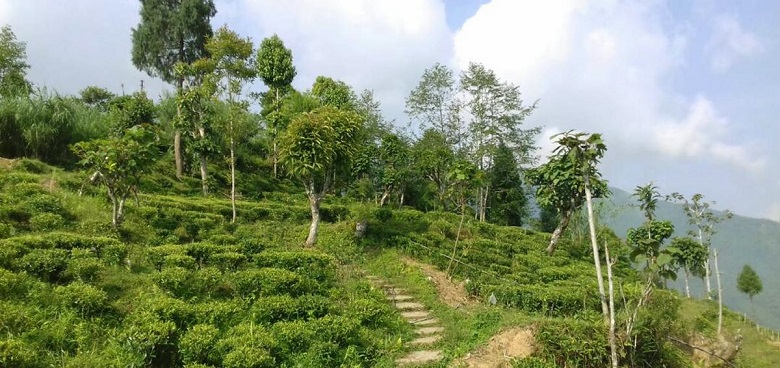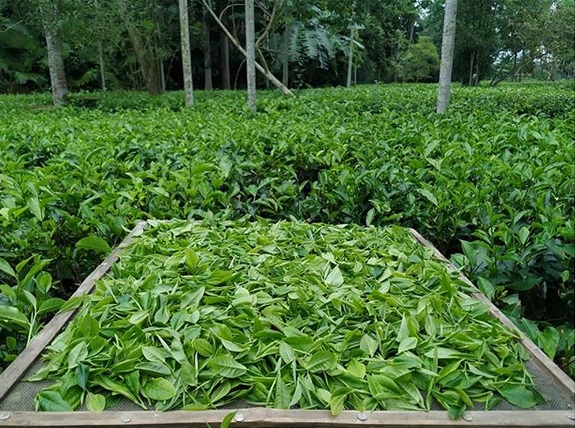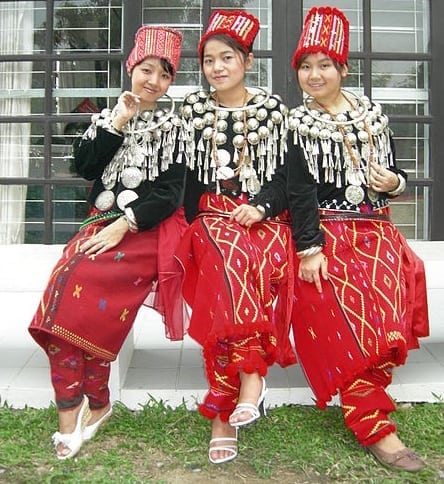Mandal Gaon is a village in the state of West Bengal, India—in the Darjeeling region. Like many villages in the area, the inhabitants are mostly of Gurkha descent; a Nepalese ethnic group brought over to India by the British to work the newly planted tea gardens. Since then, over the course of time, the towns they occupied also became hubs for individually owned gardens. While they rarely produced tea themselves—save for private consumption—they did provide fresh tea leaf for plantation factories.
Mandal Gaon had one such plot run by Mr. Moktan. Toward the end of the 20th century, as Indian tea planatation laws grew more lax, private growers “cropped” up. Moktan was one of them, changing out his potato and corn fields for tea garden space. Situated at an altitude of 5,500 feet, and with the benefit of Darjeeling weather, he planted close to 8,000 small leaf sinensis chinary.

Image owned by Tea Leaf Theory.


